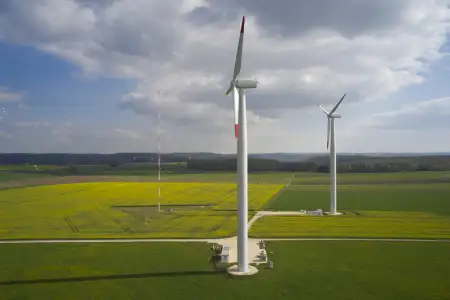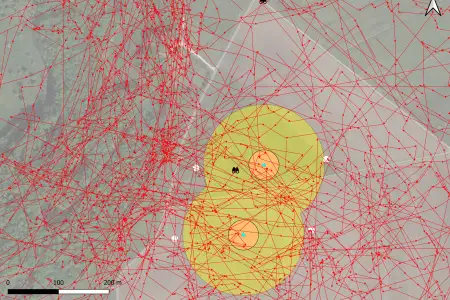Research
Meteorology - A central goal of meteorological research at the WINSENT test site is the development and validation of a numerical model chain with which the flow conditions in mountainous and complex terrain can be simulated with high temporal and spatial resolution. Furthermore, the measurement data is used to analyse fundamental meteorological phenomena and correlations, such as the occurrence of low-level jets or the influence of atmospheric stratification on the propagation of acoustic emissions.
Optimised operational management - Due to the complex flow conditions, wind turbines in topographically challenging locations are exposed to higher mechanical loads than in flat areas. In order to counteract premature material fatigue and thus a shorter service life, it is important to optimise the turbine regulation and control system to the external conditions - for example with the help of machine learning methods.
Artificial intelligence - From the evaluation of potential sites to performance monitoring: artificial intelligence already plays a central role in many areas of wind energy utilisation. ZSW has many years of experience in the use of artificial intelligence, including for the optimisation of feed-in forecasts. In conjunction with the WINSENT test site, ZSW is significantly expanding the application of AI. Among other things, the test site serves as a location for developing and testing the so-called ‘BirdRecorder’ - an anti-collision system that can detect birds in the vicinity of wind turbines and recognise them according to species.
Nature and species conservation - At the WINSENT test site, the behaviour of birds, bats and insects in the vicinity of wind turbines is being researched. Radar devices, GPS trackers and laser range finders are used to analyse the flight movements of birds, especially red kites. Microphones and thermal imaging cameras record bat activity and collision risks, while insects are monitored using photo traps and radar. The data is combined with meteorological parameters such as wind, temperature and precipitation. The aim is to test and improve technical avoidance measures such as anti-collision systems and switch-off algorithms.
Do you have further ideas?
Then realise your next project together with us on the WINSENT test site.
Projects
-

Feasibility of Tractor Detection
Feasibility of detecting agricultural processing operations in the vicinity of wind turbines
-

SENSE2SAVE
Acoustic and radar sensor technology for the detection of bats and birds at wind turbines
-

WINSENTvalid
Measurement data based adaptation and validation of the numerical models of the South German wind energy research platform WINSENT
-

NatForWINSENT II - Phase 2
Implementation of nature conservation research at the wind test site - Phase 2: Investigations on and with research wind turbines

